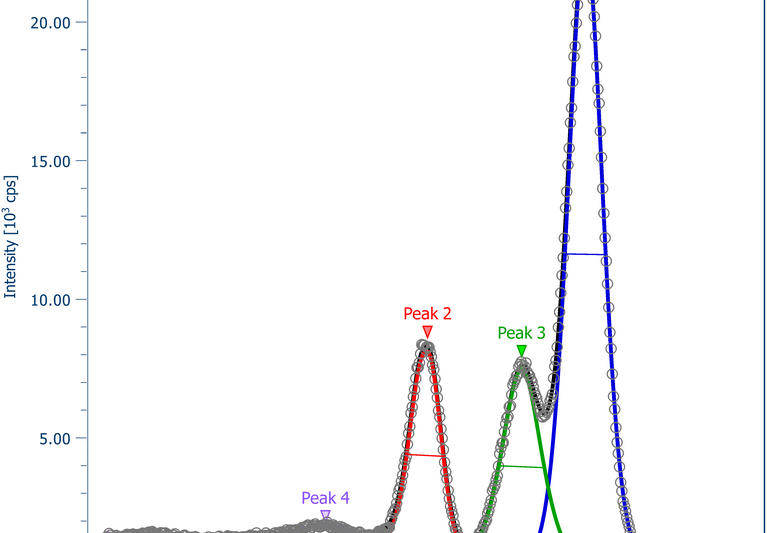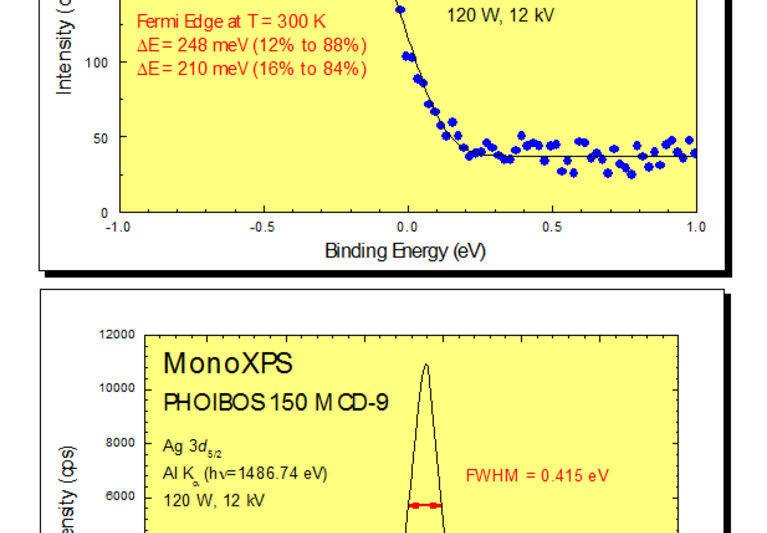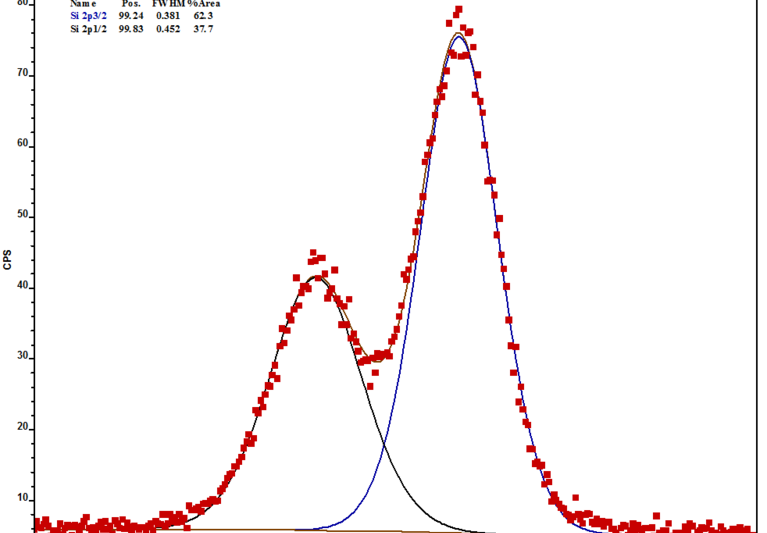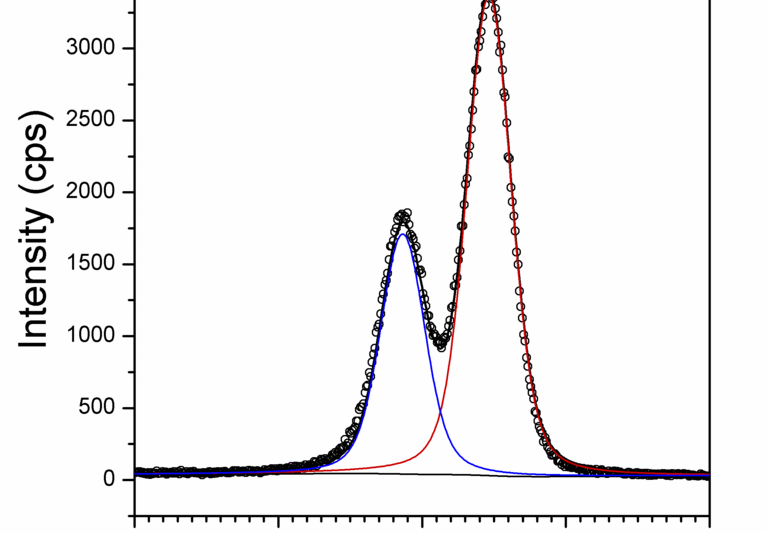FOCUS
The Use of monochromatic excitation sources for photoelectron spectroscopy has many advantages like higher resolution and sensitivity, no satellites and lower background as well as reduced beam damage. The dual-anode FOCUS 500/600 X-ray monochromator series utilizes an ellipsoidal X-ray mirror in Rowland geometry offering a high X-ray energy dispersion. The X-ray source XR 50 M is specially designed for the use with the monochromator and delivers up to 600 W X-ray power. The duale-anode, Al and Ag, allows a changeover from monochromatized Al Kα and Ag Lα excitation with only minor adjustments and without breaking the vacuum.
The µ-FOCUS X-ray monochromator product line offers excellent monochromated small spot sources with adjustable spot sizes. In the µ-FOCUS 500/600 series spot sizes of down to 200 µm are available. For even smaller spot sizes adjustable between 50 and 500 µm the µ-FOCUS 350 is the perfect choice. All models are available in a version for near ambient pressure applications as well as a UHV compatible version.



